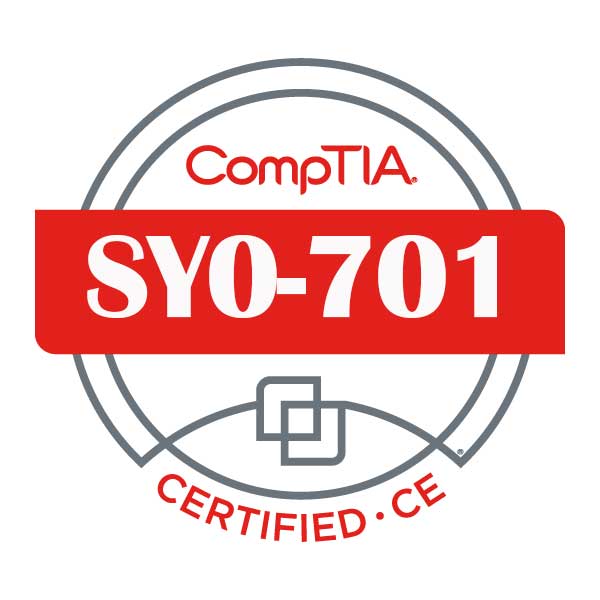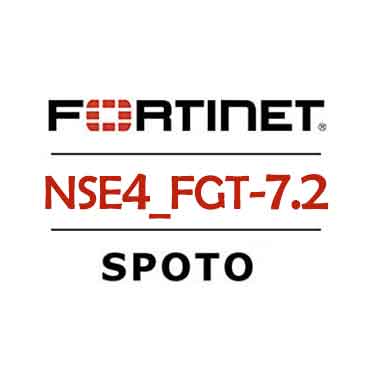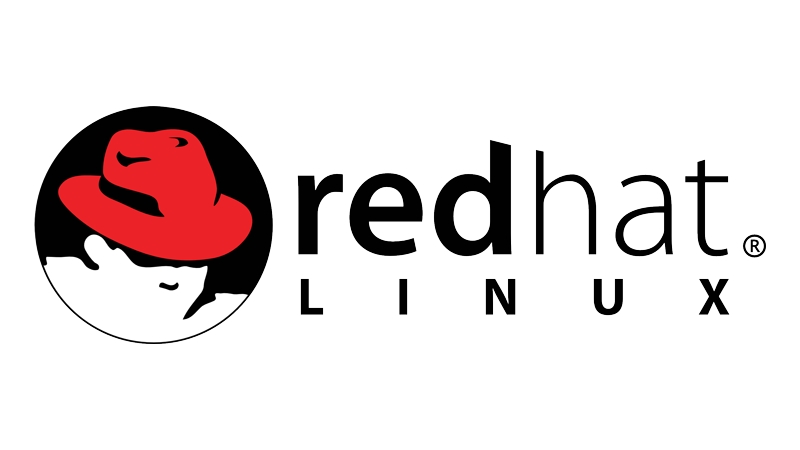The Red Hat Enterprise Linux is the leading Linux server operating systems that are utilized by enterprises across the Fortune 500. One of the reasons that the enterprises choose the Red Hat as the strategic provider of their operating system infrastructure is because Red Hat Enterprise Linux is the thing that is always going to stay the same so that everything else can be different. Enterprise customers need not just a more secure, stable operating system but they also need to allow the developers to be agile and use the latest packages and tooling. The Red Hat Enterprise identifies this balance of stability versus innovation.
A Red Hat License is going to provide the latest enterprise-ready software from Red Hat, expert knowledge, technical support and product security from trusted engineers that would make the software the open source way.
Below mentioned are just a few (of the many) benefits that included as part of the Red Hat Enterprise Linux License, that all enterprise customers should be aware of so as to manage stability and innovation within their organization, knowing that they are supported by Red Hat:
1. Product Lifecycle of 10 years would be offering kernel stability, ABI, and API compatibility, flexibility, and support in planning the IT initiatives. Red Hat Enterprise Linux versions 5, 6, and 7 each of them is going to enjoy 10 years of support, followed by an Extended Life Phase, where the customers may extend the limited subscription services beyond 10 years. For that visit the Red Hat Enterprise Linux Life Cycle page for more information.
2. Download and utilize any supported version of the Red Hat Enterprise Linux software, it means that you may upgrade to the latest version for no additional cost, and benefit from the latest improvements and features and avoid running into fixed bugs which were known to you in previous versions. Unlike the other proprietary software licenses, Red Hat License applies to the entire life cycle of the product through all its versions. Customers are entitled to upgrades and have flexibility in controlling the timing of the system up-gradation.
3. Access to Red Hat Software Collections or RHSCL is going to provides the path with the developers to move to the updated and supported stable versions of frameworks and languages, web infrastructure, open source databases, and other essential development tools. The collections are going to be released occur roughly every six months and would have a two to three-year support lifecycle.
4. Gaining Access to Red Hat Developer Toolset or the RDT would be delivering the latest stable versions of development compiler toolsets as well as supporting development tools so as to enhance the developers’ productivity and improve deployment timings. Each major update is going to be supported for about 2 years.
5. It also allows you the in-place upgrades, so that you may upgrade a system to a new major release of Red Hat Enterprise Linux by just replacing the existing operating system without performing a complete reinstallation. Currently, if the customer's desires they may perform an in-place upgrade from Red Hat Enterprise Linux 6 to Red Hat Enterprise Linux 7. Before proceeding with an in-place upgrade, Red Hat recommends opening a support case to describe your specific use case so that Red Hat support engineers may be providing you with specific guidance for a smooth upgrade experience.
Now, you have details regarding the Red Hat License, if you want to gain any Cisco Certification, I would recommend you join the SPOTO Club, they have the best and latest Study dumps, that would be quite helpful for the candidates who wish to clear their certification in a single attempt.

 Join Telegram Study Group ▷
Join Telegram Study Group ▷








.jpg.webp)










